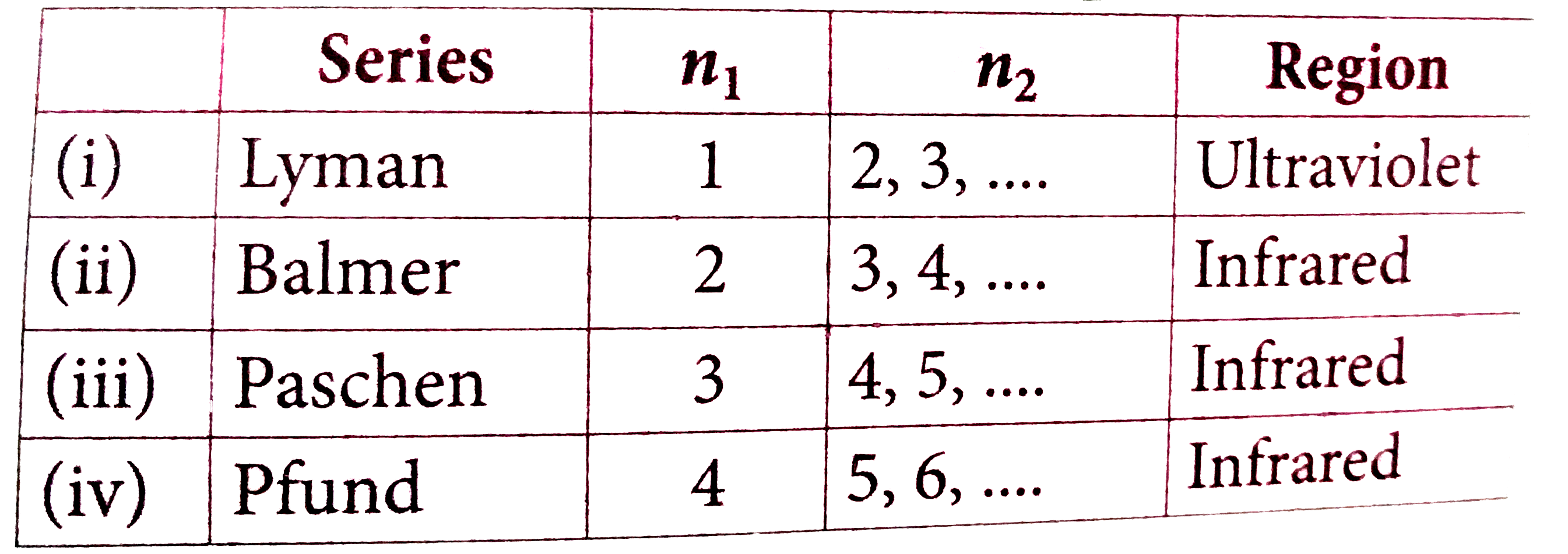Given below is the bond angle in various types of hybridisation. Mark the bond angle which is not correctly matched.
The correct Answer is:C
To solve the question regarding the bond angles in various types of hybridization and identify the incorrectly matched bond angle, follow these steps:
1. Understand the Hybridization Types and Their Shapes:
- dsp² Hybridization: This hybridization leads to a square planar shape. The bond angles in a square planar molecule are 90 degrees.
- SP³D² Hybridization: This hybridization results in an octahedral shape. The bond angles in an octahedral molecule are also 90 degrees.
- SP³D Hybridization: This hybridization gives rise to a trigonal bipyramidal shape. The bond angles in a trigonal bipyramidal molecule are 90 degrees between the axial and equatorial positions, but 120 degrees between the equatorial positions.
- SP³ Hybridization: This hybridization results in a tetrahedral shape. The bond angle in a tetrahedral molecule is 109.5 degrees.
2. Check Each Option Against Known Bond Angles:
- Option 1 (dsp²): Bond angle is 90 degrees. This is correct.
- Option 2 (SP³D²): Bond angle is 90 degrees. This is correct.
- Option 3 (SP³D): Bond angle is given as 90 degrees. This is incorrect because the trigonal bipyramidal shape has bond angles of 90 degrees and 120 degrees.
- Option 4 (SP³): Bond angle is 109.5 degrees. This is correct.
3. Identify the Incorrectly Matched Bond Angle:
- The only option that does not match the correct bond angle is Option 3 (SP³D), which is incorrectly stated as having a bond angle of 90 degrees.
Conclusion:
The bond angle that is not correctly matched is from Option 3 (SP³D), which should include angles of both 90 degrees and 120 degrees, not just 90 degrees.
- dsp² Hybridization: This hybridization leads to a square planar shape. The bond angles in a square planar molecule are 90 degrees.
- SP³D² Hybridization: This hybridization results in an octahedral shape. The bond angles in an octahedral molecule are also 90 degrees.
- SP³D Hybridization: This hybridization gives rise to a trigonal bipyramidal shape. The bond angles in a trigonal bipyramidal molecule are 90 degrees between the axial and equatorial positions, but 120 degrees between the equatorial positions.
- SP³ Hybridization: This hybridization results in a tetrahedral shape. The bond angle in a tetrahedral molecule is 109.5 degrees.
- Option 1 (dsp²): Bond angle is 90 degrees. This is correct.
- Option 2 (SP³D²): Bond angle is 90 degrees. This is correct.
- Option 3 (SP³D): Bond angle is given as 90 degrees. This is incorrect because the trigonal bipyramidal shape has bond angles of 90 degrees and 120 degrees.
- Option 4 (SP³): Bond angle is 109.5 degrees. This is correct.
- The only option that does not match the correct bond angle is Option 3 (SP³D), which is incorrectly stated as having a bond angle of 90 degrees.
The bond angle that is not correctly matched is from Option 3 (SP³D), which should include angles of both 90 degrees and 120 degrees, not just 90 degrees.
Topper's Solved these Questions
- CHEMICAL BONDING & MOLECULAR STRUCTUREBOOK - NCERT FINGERTPS ENGLISHCHAPTER - CHEMICAL BONDING & MOLECULAR STRUCTUREEXERCISE - HIGHER ORDER THINKING SKILLS
10 Videos
- CHEMICAL BONDING & MOLECULAR STRUCTUREBOOK - NCERT FINGERTPS ENGLISHCHAPTER - CHEMICAL BONDING & MOLECULAR STRUCTUREEXERCISE - EXEMPLAR PROBLEMS
14 Videos
- CLASSIFICATION OF ELEMENTS AND PERIODICITY BOOK - NCERT FINGERTPS ENGLISHCHAPTER - CLASSIFICATION OF ELEMENTS AND PERIODICITY EXERCISE - Assertion And Reason
15 Videos
Similar Questions
Knowledge Check
Mark the example which is not correctly matched ?
AAir pollutants - Oxides of sulphur , nitrogen and carbonBParticulate pollutants - Dust , mist , fumesCGlobal warming - Methane, ozone, CFCsDWater soluable chemical pollutants - Oxides of nitrogen , carbon and sodiumGiven below are few reactions with some expressions. Mark the expressions which is not correctly matched.
AFor concentration cell, Ag∣∣Ag+(C1)∣∣∣∣Ag+(C2)∣∣Ag,Ecell=−0.05911logC1C2BFor the cell , 2Ag++H2(1 atm)→2Ag+2H+(1M),Ecell=E∘cell−0.05912log[Ag+]2[H+]2CFor an electrochemical reaction, at equilibrium aA+bBne−⇐⇒cC+dD,E∘cell=0.0591nlog[C]c[D]d[A]a[B]bDFor the cell , Mn+(aq)+ne−→M(s),E=E∘−0.0591nlog1[Mn+]Bond angle in alkenes is equal to
A120∘B109∘28'C180∘D60∘

